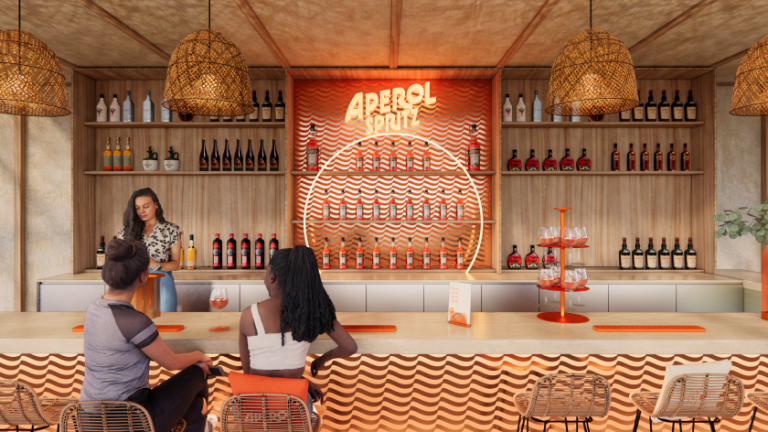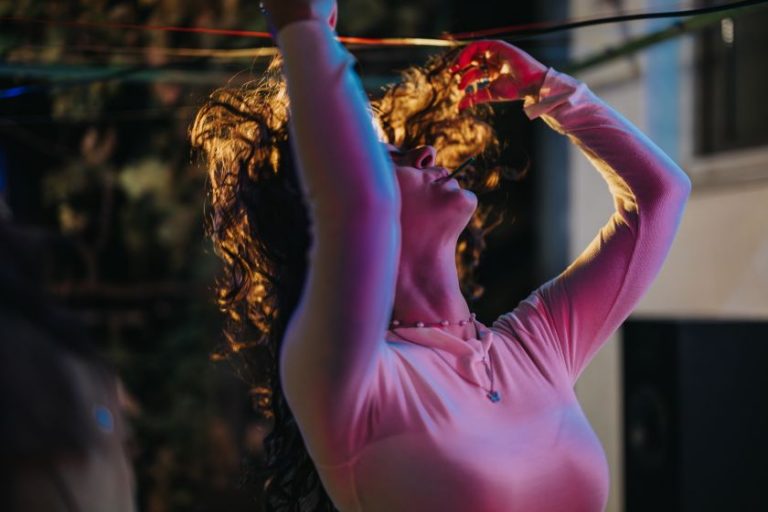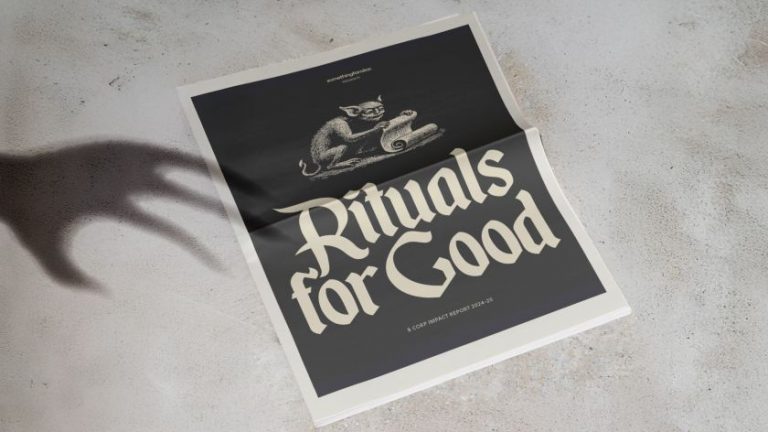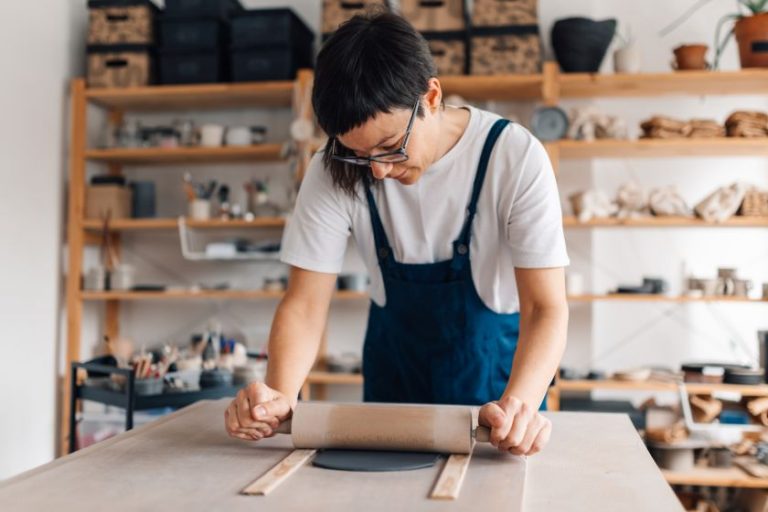In her podcast, Women Designers You Should Know, the founder of Nice People explains why she’s celebrating the unsung female visionaries who have shaped our creative world.
Thumb through most books on the history of design, and you’ll find them dominated by the narratives, contributions and stories of men. In fact, you might assume that, at least until the modern era, there were no female designers at all.
But while it’s true that the nature of 20th-century society certainly held women back – in design, just as in most professions – that doesn’t mean there weren’t those who broke through. In fact, one of the most interesting aspects of design history is the number of female pioneers, visionaries and rule-breakers who did the seemingly impossible, not just establishing successful careers but earning the respect and admiration of their peers and crafting work that has endured for decades.
Yet even today, many of these names remain largely unknown and overlooked within the design profession. And so a new podcast from Nice People Design Agency shines a much-needed spotlight on their innovative work, artistic brilliance, and the diverse perspectives they brought to our world.
Honouring the trailblazers
Women Designers You Should Know is the passion project of creative director Amber Asay, founder of Nice People, an award-winning brand studio based in Los Angeles.
What began in March 2022 as a popular video series on Instagram, sharing the forgotten stories of female creatives amassed over 190,000 followers. As it reached an impressive three million accounts, Amber recognised an opportunity to evolve the concept into a full-blown podcast devoted to design’s unsung heroines.
“We launched the podcast as a platform to celebrate the incredible talent and stories of women designers,” Amber says. “We aim to inspire the next generation of creatives while honouring the trailblazers who have shaped today’s design landscape. With these episodes, we want to cover every discipline from graphic design to industrial design, interior design, architecture, fashion design, textile design, and even photography and illustration when it comes to commercial use with clients and creative briefs.”
Where are the women?
So, how did she get the idea? “It all started with me thinking back to when I was a design student learning about design history in classes, and we read books like A History of Graphic Design by Phillip J Megg,” Amber replies. “I started to wonder throughout my career: where were there women from the past that could be seen as the counterparts to legends like Paul Rand, Massimo Vignelli and Saul Bass? Where were the female versions of those household names?”
As Amber dug deeper, she began uncovering a rich, underexplored world of design pioneers such as Barbara Stauffacher Solomon (1928-2024), the American designer best known for her large-scale interior ‘supergraphics’ and the exterior signs at Sea Ranch, a private estate with a Utopian vision in Sonoma County, California.
“It was a totally shocking moment for me,” Amber recalls. “I’d never even heard her name – nothing even close to her name – in my whole career until I started this project. And so it really came from a personal place of wanting to find those inspirations and historical figures who’d been neglected from mainstream design education and discourse.”
Past meets present
Cleverly, each episode takes a dual approach to representation. First, Amber invites a contemporary female designer as a featured guest. Then, together, they uncover the remarkable journey of a historical figure, shedding light on their innovative designs, challenges, and triumphs.
“The whole concept is for every episode to talk to the designer today who’s living and breathing and in their career,” Amber explains, “At the same time, we’re also talking about a designer from decades past who was typically designing somewhere between the 1950s and the 1980s.”
These cross-generational dialogues allow guests to reflect on how the trailblazing work of earlier visionaries influenced or paved the way for their own creative journeys and practices. In doing so, they create an energising dialogue between the past and present of design that’s very enjoyable to listen to, far away from the kind of worthy and serious academic discussion that some might be expecting.
“It’s been really fun talking about these women’s work and their lives,” Amber enthuses. “And we might not have been able to gush about them quite as much if I’d actually been interviewing them on the show.”
Overcoming adversity
One of the most interesting aspects of these discussions is the insight into the social obstacles imposed on female creatives throughout the 20th century. Their stories reveal the persistence, resilience, and sheer force of will required to break through embedded systems of sexism, inequality, and entrenched cultural biases against women as artists and visionaries.
But it’s not just as simple as “women good, men bad”: in reality, things got a lot more nuanced than that. “Some of these women would say on record that they didn’t identify as feminists,” Amber points out. “Sometimes that’s really surprising, but that’s also because it’s a different era, and feminism meant something else in the 1940s, 1950s and 1960s than how we view it today.”
It’s also fascinating to hear the different and imaginative strategies they used to establish themselves. “A lot of women from the ’60s or ’70s or ’80s were what I’d call multi-hyphenate designers,” she observes. “It seems like the only way women could really get into the market was when they were doing a lot of different things and wearing many hats because it gave them more opportunities. For example, Gere Kavanaugh took on responsibilities across interior design, textile design, furniture design, and architectural work, even though she didn’t have an actual architect’s license.”
Inspiration for us all
Despite these intense challenges and discriminatory barriers, Women Designers You Should Know reveals an empowering truth: that brilliant artistic visions, informed by diverse perspectives and human experiences, will often find a way to make their vital mark on the world.
And that should inspire all of us. Because although many of the barriers that 20th-century women faced have been removed, it’s still not exactly easy for anyone to make it in graphic design for all sorts of reasons. In short, regardless of our gender, race, or economic background, hearing such stories can be a great inspiration to help us overcome whatever difficulties we currently face.
“We believe that diversity fuels creativity, and our podcast is a celebration of the unique perspectives and experiences that make our industries thrive,” Amber affirms. “We hope to foster a more inclusive and equitable design landscape where everyone feels seen, heard, and empowered.”
With new episodes released regularly, Women Designers You Should Know is an essential educational resource and inspirational treasure trove for any designer hungry to infuse their creative minds with fresh perspectives.
And according to Amber, the vast well of underexplored stories from marginalised designers throughout history means the show could continue indefinitely: “This project could go on for years. That’s what’s kind of exciting about being on this end of it: who knows how expansive this will become?”










